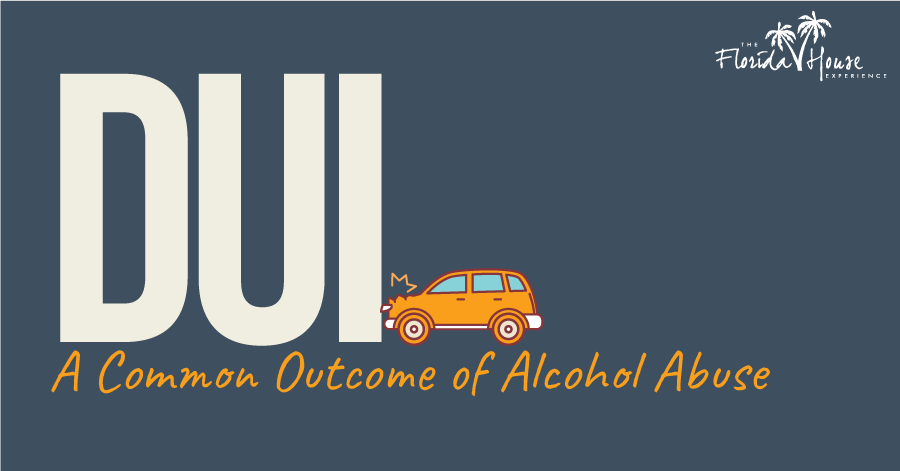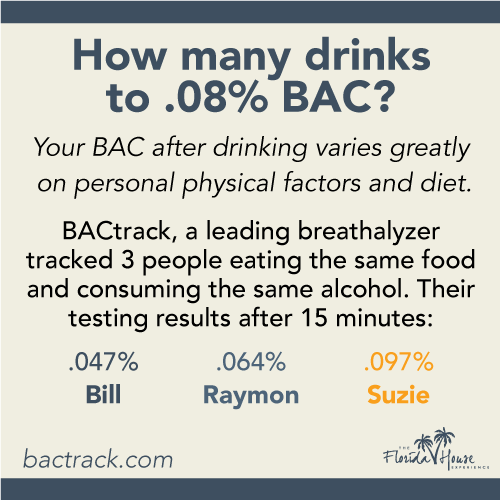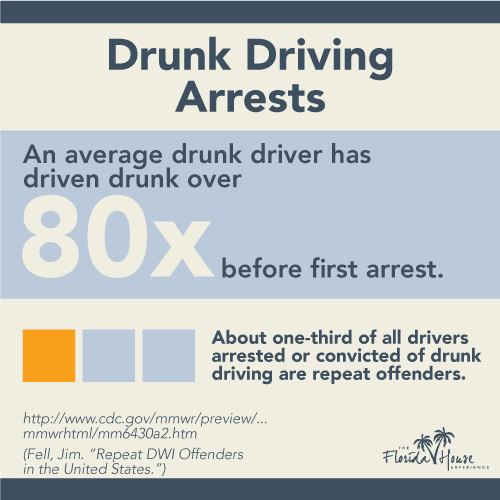
Alcohol is the seventh leading risk factor for death and injury, according to a 2018 report in the New England Journal of Medicine. It also accounts for a greater burden on disease than any other drug except for tobacco. The most common disease caused by alcohol use is liver disease. In addition to these health risks, alcohol abuse also carries a risk of legal consequences. All jurisdictions in the United States have recognized that driving under the influence (DUI) greatly increases accident rates by passing increasingly strict laws against DUIs. The penalties for DUI and alcohol abuse include incarceration, fines and administrative restrictions.
Overview
 DUI may also be known by other terms such as driving while intoxicated (DWI) or operating while impaired (OWI), depending on the state. Some of these charges may require that alcohol must be the source of intoxication for these charges to apply. However, other charges are based on the driver’s degree of impairment regardless of the causative agent.
DUI may also be known by other terms such as driving while intoxicated (DWI) or operating while impaired (OWI), depending on the state. Some of these charges may require that alcohol must be the source of intoxication for these charges to apply. However, other charges are based on the driver’s degree of impairment regardless of the causative agent.
It’s generally illegal for anyone above the age of 21 years to operate a motor vehicle in the U.S. with a blood alcohol concentration (BAC) above 0.08 percent. The legal limit for drivers under 21 years of age varies by state and ranges from 0 to 0.02 percent. The operators of other types of vehicles also have legal BAC limits, including those of airplanes, boats and commercial vehicles.
The Substance Abuse and Mental Health Services Administration (SAMHSA) reports that 29.1 million people in the United States admitted to driving under the influence of alcohol in 2012. This figure corresponds to 11.2 percent of the population 12 years of age and older, which is significantly less than the figure of 14.2 percent for 2002. The DUI rate initially becomes significant at age 16, when most people begin driving. It then climbs steadily each year until peaking at age 25, at which point it begins gradually declining. Males are statistically almost twice as likely to drive under the influence of alcohol as females.
Accident Rates
 The National Highway Transportation Safety Administration (NHTSA) classifies a fatal collision as alcohol-related if it believes any driver or occupant had a BAC of at least 0.01 percent at the time of the collision. It also classifies non-fatal collisions as alcohol-related if the accident report indicates the presence of alcohol, whether or not any driver or occupant was tested for alcohol. This distinction is important because BAC values are unavailable for about 60 percent of the people involved in collisions. Furthermore, these classifications don’t necessarily mean the collision was caused by alcohol.
The National Highway Transportation Safety Administration (NHTSA) classifies a fatal collision as alcohol-related if it believes any driver or occupant had a BAC of at least 0.01 percent at the time of the collision. It also classifies non-fatal collisions as alcohol-related if the accident report indicates the presence of alcohol, whether or not any driver or occupant was tested for alcohol. This distinction is important because BAC values are unavailable for about 60 percent of the people involved in collisions. Furthermore, these classifications don’t necessarily mean the collision was caused by alcohol.
The Bureau of Transportation Statistics (BTS) estimates that alcohol-related collisions were responsible for about 18,000 deaths in the US during 2006, which was about 40 percent of the total traffic fatalities. The decade from 2001 to 2010 showed only a three percent variation in this rate, with no apparent trends. The accident rate for drivers with a BAC above 0.10 percent is at least six times greater than those with no blood alcohol.
Laws
 The laws on DUI and alcohol addiction typically restrict a driver from operating a motor vehicle while impaired, although some states apply these laws to anyone in physical control of a vehicle. The key factor in determining if someone has violated a DUI law is generally whether a driver was impaired at the time of the accident. In the case of alcohol, the degree of impairment is assumed to be directly related to the driver’s BAC. However, this determination is much more difficult to make in the case of other drugs such as prescription medication or illegal drugs.
The laws on DUI and alcohol addiction typically restrict a driver from operating a motor vehicle while impaired, although some states apply these laws to anyone in physical control of a vehicle. The key factor in determining if someone has violated a DUI law is generally whether a driver was impaired at the time of the accident. In the case of alcohol, the degree of impairment is assumed to be directly related to the driver’s BAC. However, this determination is much more difficult to make in the case of other drugs such as prescription medication or illegal drugs.
Both federal and state regulations limit the BAC for operators of motor vehicle. Federal legislation limits the BAC for commercial drivers to 0.04 percent, which is also the limit imposed on commercial drivers by the Federal Motor Carrier Safety Administration (FMCSA). Furthermore, the FMCSA requires commercial drivers with a BAC between 0.02 and 0.04 percent to be removed from duty for 24 hours.
All states in the U.S. use a BAC of 0.08 percent as the threshold for the presumption of guilt for DUI, although some states also have lesser charges for a lower BAC. For example, Colorado includes a lesser charge of “driving while ability impaired” for drivers with a BAC between 0.05 and 0.08 percent. All states also have a provision to cover circumstances where a driver appears to be impaired, regardless of their BAC. These circumstances can include cases where a driver is intoxicated by alcohol at a BAC below 0.08 percent as well as intoxication by some other drug. These provisions are being used more frequently as more jurisdictions legalize marijuana.
Penalties
The penalties for a DUI conviction may be classified into criminal and administrative penalties. Criminal penalties are the result of a criminal conviction, whereas a state agency imposes administrative penalties. Some states impose administrative penalties even if the driver isn’t convicted of the offense.
The criminal penalties for DUI vary greatly by state and sometimes even by county. The level of enforcement is also highly dependent upon jurisdiction. DUI penalties in the U.S. are often less severe than in Europe provided no one was hurt, although exceptions exist. For example, a three-day sentence is mandatory for a DUI conviction in Ohio, even for a first offense. However, this sentence can be replaced by attending an alcohol-education program of the same duration.
The Assimilative Crimes Act can impose administrative penalties for DUI. This federal legislation allows state law to apply on federal property when an act isn’t punishable under federal law. In particular, collateral actions related to a DUI conviction on federal land can be punished with administrative penalties.
The most common form of administrative penalty for a DUI is the addition of an SR-22 to the driver’s insurance policy. This addendum generally requires the convicted person to obtain additional insurance coverage or post a personal bond before a suspended license can be reinstated. The majority of states and the District of Columbia all have an SR-22 requirement.
About FHE
Many people don’t realize how alcohol abuse leads to DUI convictions, largely because of how widespread alcohol abuse is. However, alcohol detoxification can be deadly if it isn’t performed in a professional rehab facility. FHE Health (FHE) offers a confidential treatment program for alcohol addiction that includes detox therapy. Contact us today to learn more about how we can help you break the cycle of alcoholism.






